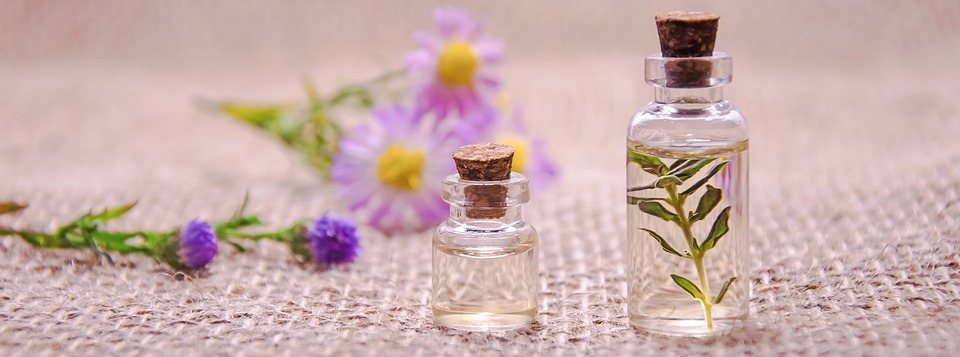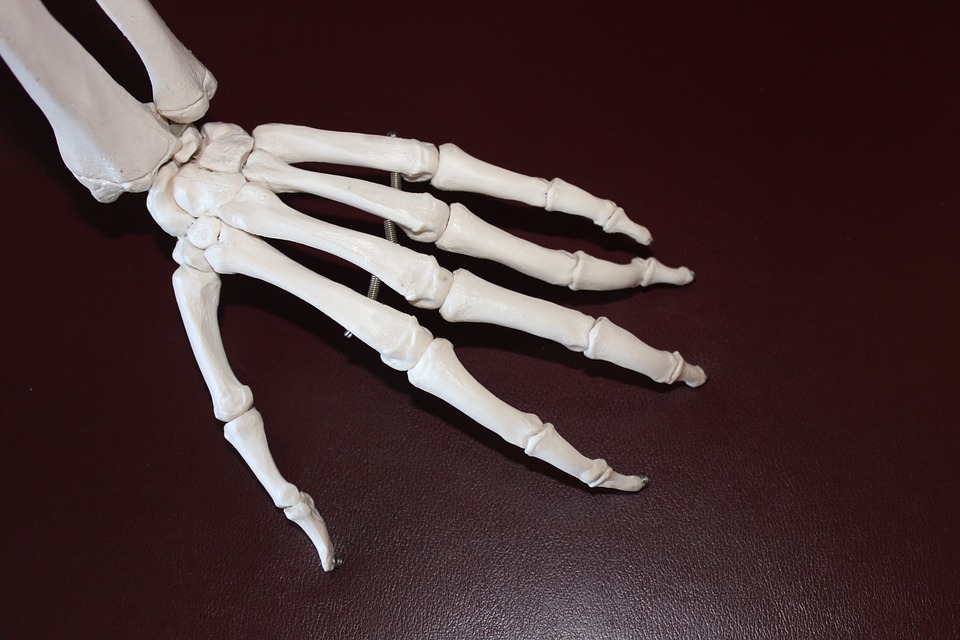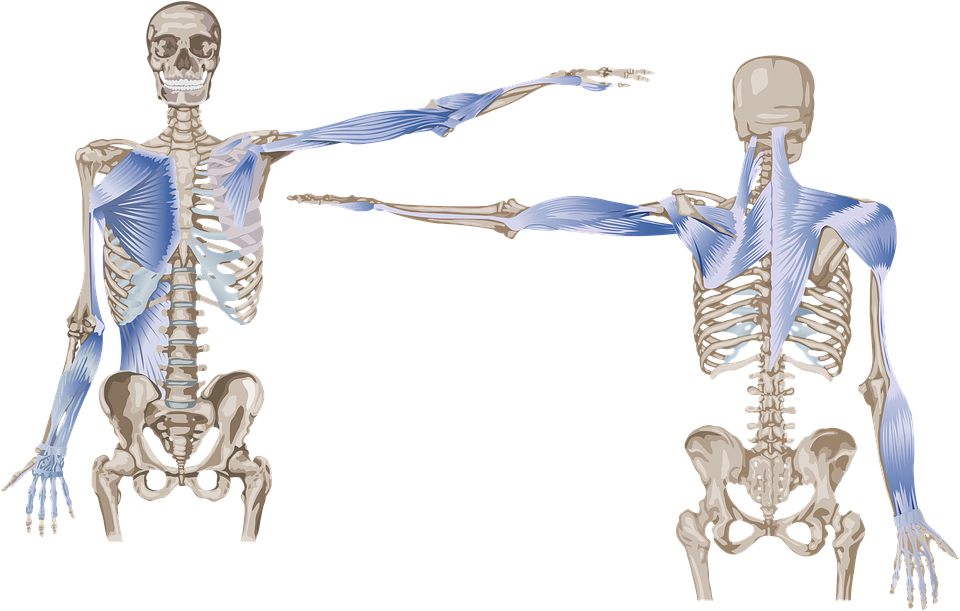
Arthritis: herbs don’t help
“Many herbal medicines and other complementary therapies do nothing to help people with rheumatoid arthritis” The Guardian has reported. The news comes from a report by the Arthritis Research Campaign (ARC) that ranked the alternative and complementary therapies on their safety and effectiveness at treating arthritic conditions.
The report summarises the body of scientific evidence on 40 alternative treatments and scores their effectiveness and safety. One Chinese herbal medicine called “thunder god vine” was found to have serious side effects including nausea and hair loss, while nine treatments were reported to regularly cause side effects. Many treatments were also found to be ineffective or to have little evidence backing their anecdotal benefits.
According to the ARC almost half of arthritis sufferers turn to complementary medicines, spending more than £450m annually. Members of the public may be spending their money on ineffective treatments, and there remains a greater concern that they could be harming themselves or forgoing conventional treatments in the process. While herbal and complementary treatments may be derived from nature, the public should be aware that they still have the potential to cause harm.
Where did the story come from?
The report was commissioned by the ARC, a UK charity supporting research into arthritis and musculoskeletal conditions. The corresponding author was Professor Gary J Macfarlane from the University of Aberdeen School of Medicine and Dentistry. The study was published on the ARC website, and it is unclear whether the report has been peer reviewed.
What kind of scientific study was this?
This evidence-based review summarises evidence on the effectiveness and safety of several herbal and complementary medicines commonly used to treat arthritic conditions. These summaries were compiled into a single 80-page report, which features safety and effectiveness ratings for each treatment.
There are lots of compounds that have been proposed as treatments for rheumatoid arthritis, osteoarthritis and fibromyalgia, and the authors of the report aimed to identify all of those where there has been some claim supported by research evidence.
Specifically, the researchers were interested in compounds that were taken by mouth or applied to the skin. They excluded therapies such as acupuncture, chiropractic, massage and several other hands-on therapies that have been commonly used for arthritis and musculoskeletal conditions. The report covers forty complementary and alternative medicines including deer antler velvet, vitamins and willow bark.
These summaries were compiled by systematically searching medical and scientific literature on these popular alternative treatments. The study’s authors used experts in the field to search for and evaluate the evidence. As the report was aimed at the general public, it also included input from a patient representative.
The authors say that in herbalism emphasis is on an individualised approach, with patients receiving a tailored prescription. However, a recent review concluded that there was a scarcity of evidence regarding individualised herbal medicine and no convincing evidence to support its use. The authors did not search for reports of such an approach.
The authors relied heavily on the results of randomised trials and gave preference to this type of evidence when estimating an effectiveness score. The scoring system assessed the quality of trials, appraised based on a scoring system called the “Jadad scoring scale”. This commonly used scale has levels from 1 (very poor quality) to 5 (very good quality). The researchers collapsed the scale into two categories: good/high quality (Jadad score 3 or above), and low quality (Jadad score below 3).
They took this into account when scoring the compounds’ overall research evidence base, defining the scores as follows:
1 – There is, overall, no evidence to suggest that the compound works or only a little evidence which is outweighed by much stronger evidence that it does not work.
2 – There is only a little evidence to suggest the compound might work. The evidence from studies in this category often came from only a single study which reported positive results. There are, therefore, important doubts about whether or not it works.
3 – There is some promising evidence to suggest that the compound works. The evidence will be from more than one study. However, there may also be some studies showing that it does not work. Therefore, we are still uncertain whether compounds in this category work or not.
4 – There is some consistency to the evidence, which will come from more than one study, to suggest that the compound works. Although there are still doubts from the evidence that it works, on balance, we feel that it is more likely to be effective than not.
5 – There is consistent evidence across several studies to suggest that this compound is effective.
The safety categories are based on a scheme developed by the authors:
Green “traffic light” was awarded to compounds with reported adverse effects which were mainly minor symptoms and infrequent. A classification of green does not mean that the compound has no reported adverse effects and patients should check in the product information leaflet what these are.
Amber “traffic light” was awarded to compounds with adverse effects reported as common (even if they were mainly minor symptoms) or with more serious adverse effects.
Red “traffic light” was awarded to compounds where serious adverse effects were reported. Patients should carefully consider these before deciding whether to take these medicines
What were the results of the study?
The ARC awarded just one point to 13 of the 21 complementary medicines for rheumatoid arthritis, suggesting that these compounds were not effective treatments. The ARC scored fish oils extracted from oily fish such as sardines, salmon and mackerel a maximum 5 points, suggesting they offer benefits. Fish oils also received a green light for safety.
For osteoarthritis three of 28 natural remedies were found to be supported by strong or moderate evidence. The most effective, capsaicin gel, (a therapy based on chilli peppers) has been shown to reduce pain among osteoarthritis patients. A herbal mixture called phytodolor and the nutritional supplement S-adenosyl-L-methionine (SAMe), both received 4 points for effectiveness.
Glucosamine, one of the most widely taken products, has featured in many trials. It was reported to be effective in some trials but not in others. The researchers found that the evidence was stronger for glucosamine sulphate (which scored 3) compared with glucosamine hydrochloride (which scored 1).
For fibromyalgia the researchers report that of the four products assessed, none was highly effective, with three medicines scoring 2 points out of 5, and the fourth considered ineffective, scoring just 1 point.
What interpretations did the researchers draw from these results?
The researchers say that more information on the research studies is available in their full report. In terms of safety, the authors conclude that there is much less information available on complementary medicines than on conventional pharmaceutical medicines.
The researchers gave nine of the compounds an amber safety classification, indicating there were important side effects which had been reported, or that there was insufficient evidence to make a judgement. The “red” safety classification was only issued against the traditional Chinese herbal extract “thunder god vine”.
What does the NHS Knowledge Service make of this study?
This review of the evidence regarding complementary and alternative medicines will undoubtedly be of interest to many people living with painful or debilitating arthritic conditions. The full report clearly presents the results for each compound in a structured way, allowing the public to understand the scientific basis (or lack of one) behind a range of alternative treatments.
The authors acknowledge limitations, in terms of not being able to include emerging evidence and scientific studies published since their search. They say that research that could not be appraised in time for publication will be addressed in future updates.
Given the nature of chronic conditions such as arthritis, people may attempt to manage their symptoms or pain by regularly using complementary treatments. This review highlights the fact that many complementary medicines may not have been subjected to the rigorous safety and effectiveness tests that pharmaceutical products must undergo.
In turn this illustrates that many people may be purchasing treatments that have little or no proven benefit. While this can be financially costly, there is the greater hazard that people may be harming themselves by using untested substances. In fact, one-quarter of treatments tested were found to have common or serious side effects.
While members of the public may continue to choose to use complimentary medicines, they should be aware that there are potential dangers, that conventional treatments available through a GP may be free and that these treatments will have been tested for both their safety and effectiveness.




